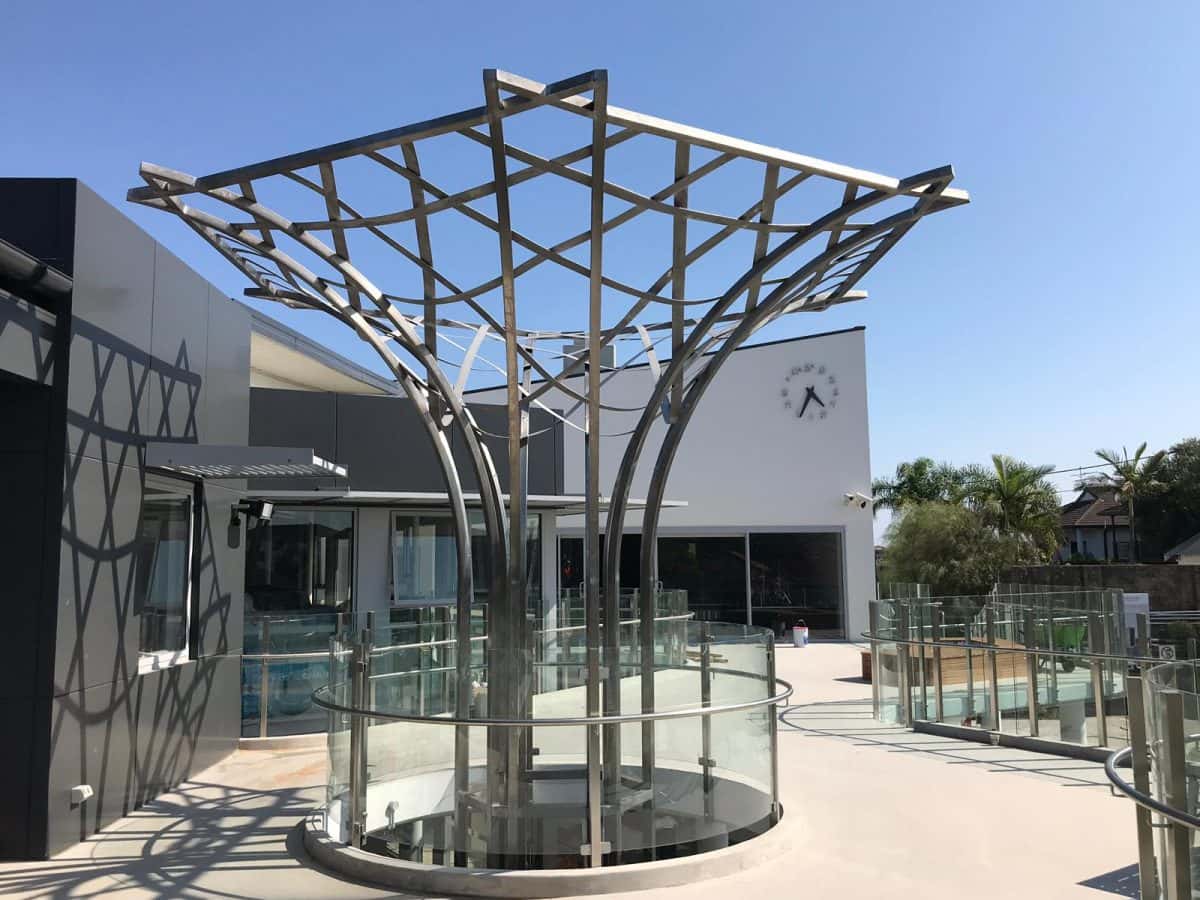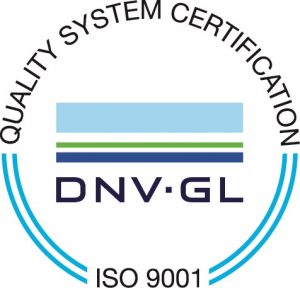Metals can corrode over time due to oxygen, which can make metal items and structures dangerous or unstable. To prevent this, steel needs to be galvanised by adding a protective layer of zinc over the metal such as steel. This process prevents corrosion and is considerably cheaper than alternatives such as stainless steel. Welding galvanised steel is an important and valuable technique within the metal fabrication process. There are important safety measures that need to be adhered to when welding galvanising steel due to the toxic fumes that is produced. This is why it is vital for welder to be correctly trained and follow all safety protocols.

What is Galvanised Steel?
Galvanised steel is steel sheets covered in zinc, which makes it rust-resistant. It is one of the most common kinds of steel on the market today. A reason for its popularity is its durability, the zinc coating gives it corrosion resistance. Most modern buildings are built using galvanised steel frames. It is also a very common material used in the solar and automotive industries. The process of creating galvanised steel is hot-dipping steel into a zinc coating solution. This coating protects the steel from corrosion and general surface scratches. Galvanised steel is extremely versatile, it can be punched, pressed, welded and bent into shape to suit the project’s requirements.
How to maintain and protect galvanised steel?
It is crucial to understand the general care and maintenance materials that is required when working with galvanised steel. It is important to avoid exposing galvanised steel to conditions where the pH is below 6 or above 12 as it can cause the coating to corrode more aggressively. Galvanised steel products should be kept away from corrosive environments including brass and copper metals as this can also affect the quality of the material. Do not wash galvanised steel unnecessarily, as harsh cleaning products can wash away the protective film on the steel. This can eventually reduce the life of the steel. Environmental factors can also contribute to the deterioration of the steel, the steel should not be exposed to the rain or sun. To keep the integrity of the steel, we recommend that it is stored in a dry location with adequate ventilation.
Common issues when working with galvanised steel
There are several common issues that arise when working with galvanised steel including corrosion and coating issues. Galvanised steel can also pose health issues, and should be done with the proper knowledge and training.
Health issues when welding galvanised steel
Welding can be extremely hazardous and the appropriate welding personal protective equipment should be worn and used at all times. This includes protective equipment like helmets, gloves, leather jackets, and steel toe boots. Welding galvanised steel also requires the use of a respirator so that the zinc oxide fumes are not inhaled. It is also recommended to only weld in a well-ventilated area to minimise inhaling these toxic fumes.
For those welders that ignore safety risk a number of long-term health issues including metal fume fever, lung and brain cancer that is caused by the small lead content on the galvanised coating forming oxide fumes, which is released during the welding. It is important that the welder is properly trained and follows strict welding procedures to minimise the risk. Along with checking all the correct personal protective equipment is worn at all times, the welding area should be evaluated for risks and hazards.
How to improve the safety of welding?
When undertaking a welding job, it is important to wear appropriate equipment including a respirator and full protective clothing to ensure that no skin is exposed. A well-ventilated area is essential to minimise the toxic fumes that are emitted during the welding process. Appropriate eyewear should be worn at all times, this includes safety glasses with side shields and ear protection as it protects the welder from exposure to welding rays.
Welding galvanised steel can be hazardous for those that are not fully trained or wearing the correct safety equipment. The right welder can ensure that all safety precautions are taken so that there will be no delays in your project.
If you require assistance with your metal fabrication project, contact us by filling out a contact form or calling us on 02 9313 3777.


